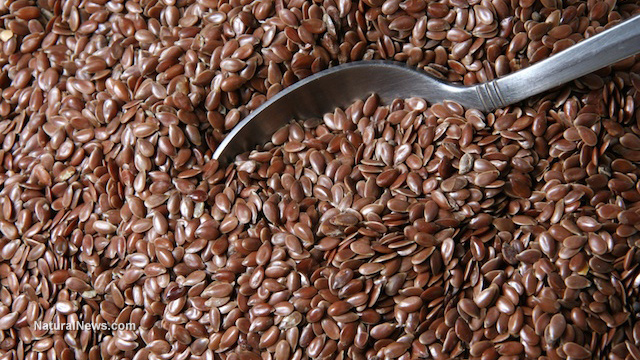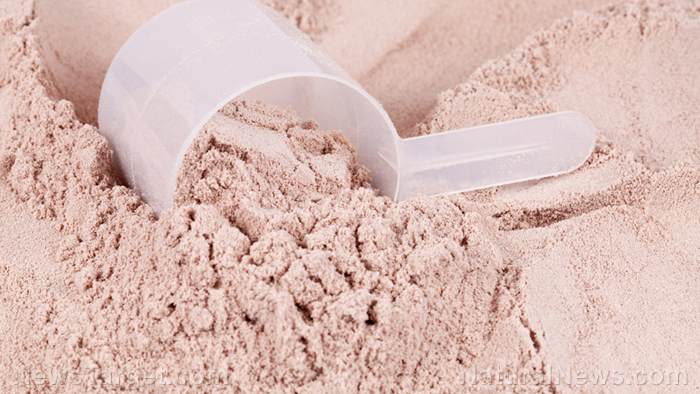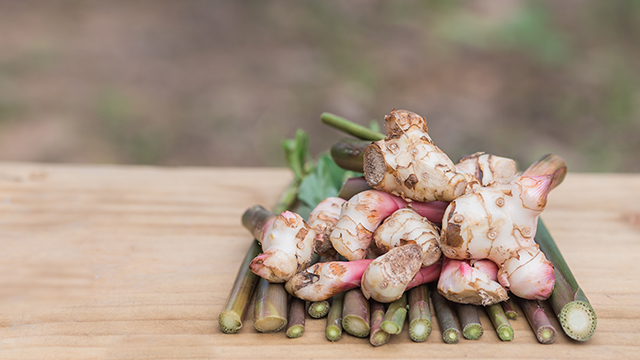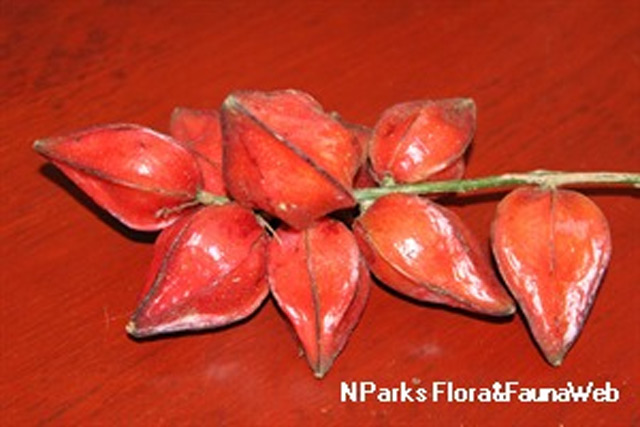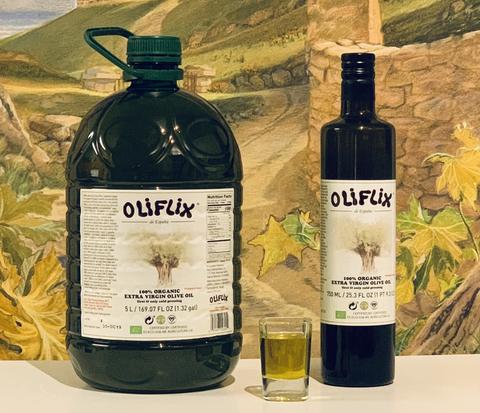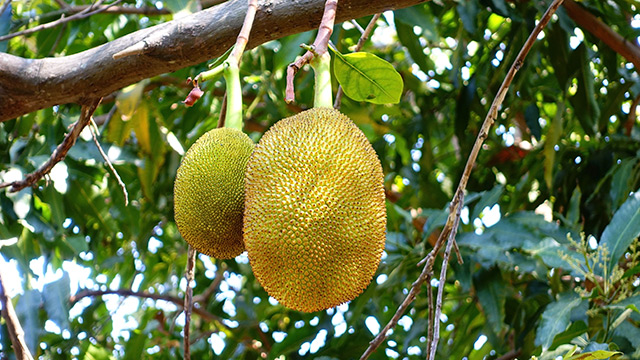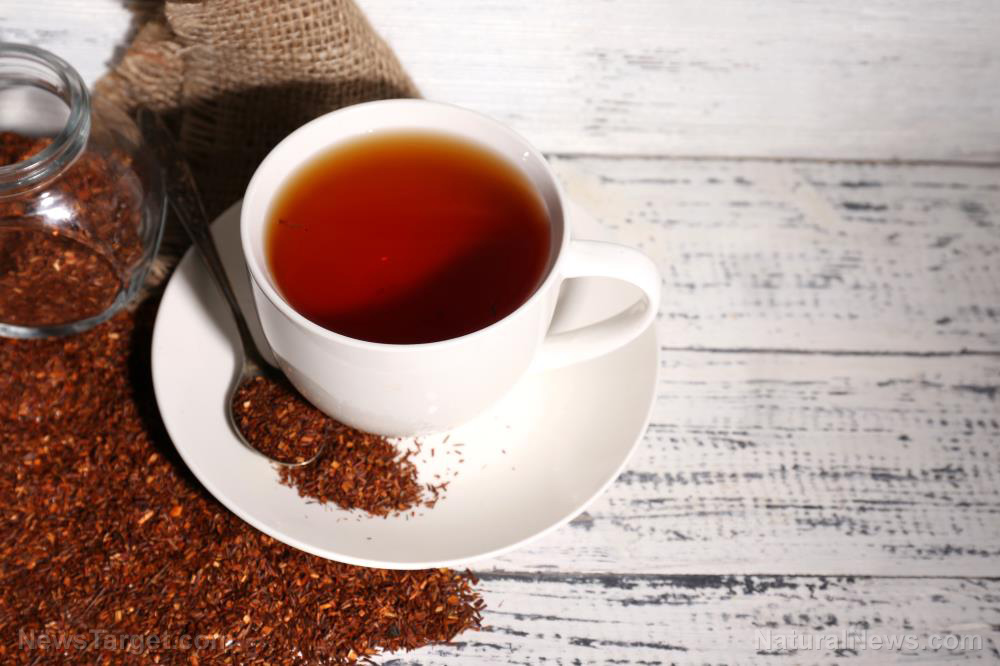Adding ginger powder to wheat pasta found to boost nutrition
02/01/2018 / By Michelle Simmons
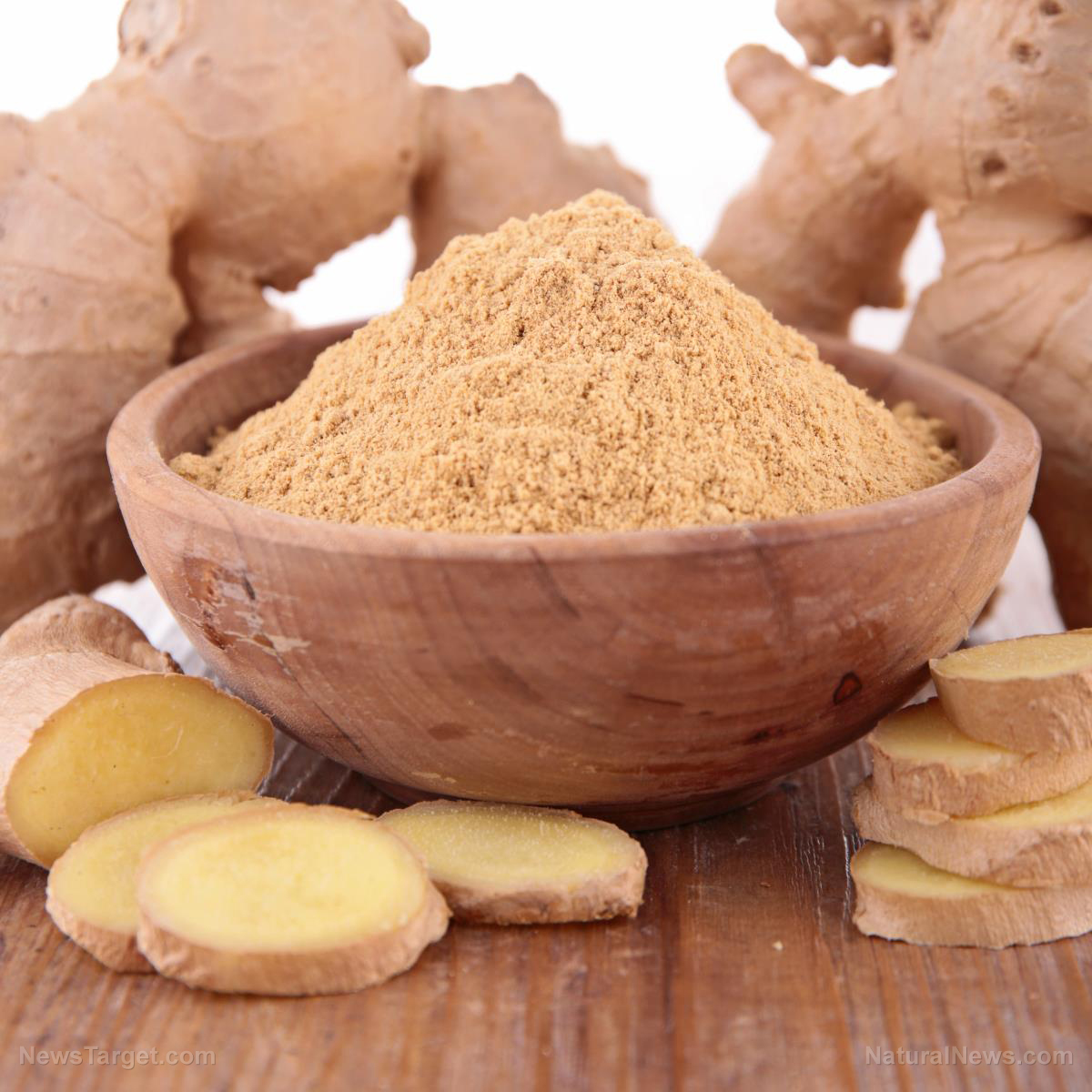
Make your wheat pasta more nutritious by adding some ginger powder to it. A study suggested that adding ginger powder to wheat pasta can boost its nutritional content.
A team of scientists from Bundelkhand University evaluated the chemical composition of the cooking quality, nutritional content, texture, and sensory qualities such as color and taste of pasta fortified with ginger powder. The research team prepared the pasta with four different proportions of ginger powder. One sample, the control sample, contained 100 percent refined wheat flour, while other samples contained 99 percent refined wheat flour and one percent ginger powder; 97 percent refined wheat flour and three percent ginger powder; and 95 percent refined wheat flour and five percent ginger powder.
The findings of the study revealed that as the ginger powder concentration increased, the fiber content also increased. In addition, the pasta became softer and easier to cook with a shorter cooking time in comparison with the control sample. Furthermore, the final viscosity of the sample also increased as the ginger powder concentration increased.
In terms of physio-chemical and nutritional properties, cooking time, and viscosity, the best sample was the pasta with 97 percent refined wheat flour and three percent ginger powder among the three other samples. In terms of the sensory qualities, the color of the pasta was also the best in the pasta with three percent ginger powder. Even though there was a slight change in the taste of all the pasta samples, the sample with three percent ginger powder was also found to have the best flavor compared to other combinations.
The research team believes that including ginger powder pasta in our daily lifestyle can prevent a lot of diseases. Ginger powder is said to possess many health benefits as it can help prevent various diseases, such as diabetes, asthma, arthritis, and heart diseases.
The health benefits of ginger powder
Also known as sonth in Hindi, ginger powder is extracted from the ginger root that was dried. It is a fine off-white or slightly brownish powder that has a strong scent and pungent flavor. It is easy to store and has a shelf life of one year. Listed below are the five health benefits of ginger powder.
-
Alleviates upset stomach – Ginger powder can be used to ease an annoying and painful upset stomach. Ginger contains anti-inflammatory properties that can help the stomach balance the digestive juices and enhance food digestion and absorption, which in turn eliminates the unwanted gas from the intestinal tracts.
-
Boosts metabolism – Ginger powder can help boost metabolism as it contains thermogenic agents that are useful to burn fat. Consuming ginger powder regularly will not only boost metabolism, but also burn the unwanted fat to help you lose weight.
-
Relieves motion sickness or morning sickness – To use ginger powder for relieving motion sickness or morning sickness, mix it with water. This powder can also prevent nausea, soothe the stomach, and provide relief from inflammation.
-
Treats common cold – Because ginger root contains anti-inflammatory gingerols and shaogals, it can help relieve common cold. Mix it with lukewarm water to experience its immediate effects on cold and flu. Furthermore, clove powder and salt can be added then consume it two times a day for relief.
-
Improves skin health – Ginger powder is used to prevent acne and pimples because it is rich in anti-inflammatory and antibacterial properties that can unclog pores and kill acne-causing bacteria. To use it as a face mask, combine milk and ginger powder together and make a smooth paste. Then, apply it on the skin and leave it on for around 15 to 20 minutes. This will refresh the skin and give a fresh and youthful glow. Ginger powder can also be used to make a toner to prevent skin dryness. Boil two teaspoons of the powder in four cups of water, add a few drops of rosemary or lavender essential oil, and mix well. Then, store it in a glass bottle and refrigerate.
Read more stories on superfoods at Nutrients.news.
Sources include:
Tagged Under:
RECENT NEWS & ARTICLES
COPYRIGHT © 2017 SUPERFOOD NEWS


